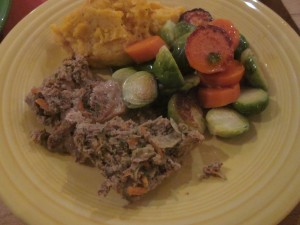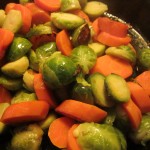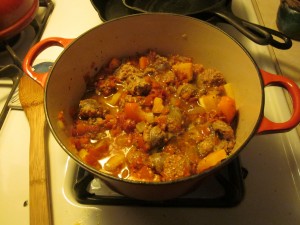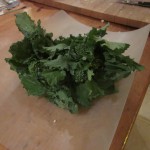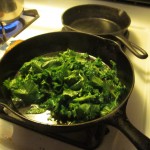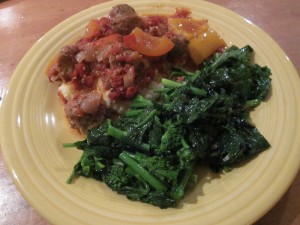Lately, I have been rereading the writing of don Miguel Ruiz, and discovered his son’s book The Five Levels of Attachment. This work has really helped me to solidify my understanding of attachments and agreements and I thought to work through my understanding with you here.
You see, I love helping people discover themself, their true self. Part of that discovery can entail healing the physical body – but sometimes this healing can take time. As a ‘healer’ sometimes I notice myself feeling disappointment that someone I’m working with isn’t feeling better, isn’t recognizing themselves the way I see them.
When you begin to look after yourself, you start a journey of loving and accepting who you are right now – all parts of whomever that is. It requires consciously, truthfully looking at who you are right now – and noticing the stories and beliefs around who you should be, what you should look like, who you should be with, what you should be doing, where you are. All of these shoulds cause us so much pain! These are our attachments. We can be so attached to these stories that we are unable to see our own truth. They can sometimes be more real than our own truth. They become like a fog that swirls around us blocking the light that is our true essence.
Getting attached to results – as in my wanting people to feel better – is one of these stories or attachments. When I look at what it means for another to be better, to heal, I am looking only from my own limited perspective. I have no idea what the other is experiencing.
And it goes deeper than that. My needing to see results is caused by my own negative core beliefs, in this case – I am not enough – a very common core belief! When I experience someone ‘not healing’, it reaffirms my own story that I am not good enough at what I do. You can see that this can become a never ending cycle.
So now, look at it. Who is responsible for healing? I am. There is only me at the center of it all. It is my belief that needs to be noticed, to be honoured, to be respected, to be loved. Every part of me requires love and respect to be free.
I hear you belief, I love you, I honour you, I respect you – and I release you
As you slowly, gently, continuously release from these attachments you become clearer. You become the beacon, the bright light of love here on Earth – the light you were born to be. Its not about being more – its about being less. Releasing your beliefs makes you lighter, brighter. You are a clear example of what it truly means to be yourself.


